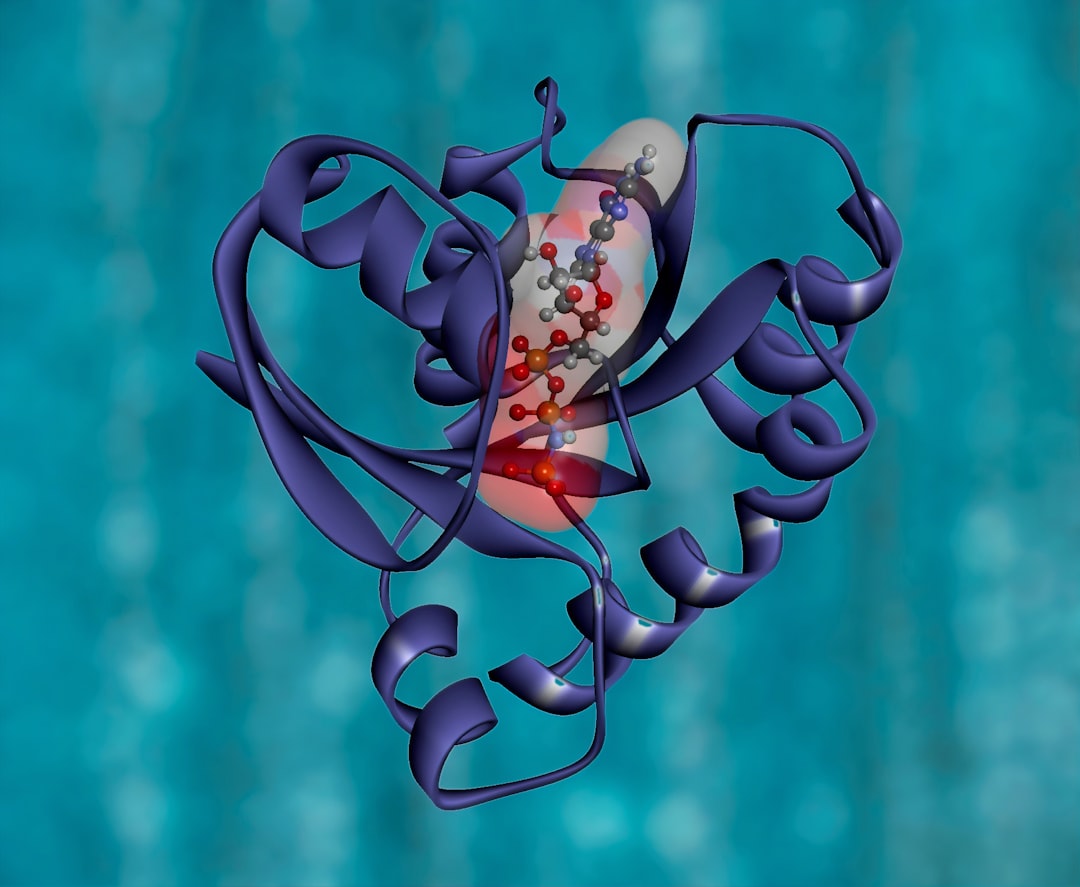What is it about?
MicroRNAs (miRNAs) have been under the spotlight for the last three decades. These non-coding RNAs seem to be dynamic regulators of mRNA stability and translation, in addition to interfering with transcription. Circulating miRNAs play a critical role in cell-to-cell interplay; therefore, they can serve as disease biomarkers. Meta-analysis of published data revealed that the CC genotype of rs4938723 in pri-miR-34b/c and the TT genotype of rs543412 in miR-100 confer protection against acute lymphoblastic leukemia (ALL) in children. Reanalysis of small RNA-seq data with novel tools identified significantly overexpressed members of the miR-128, miR-181, miR-130 and miR-17 families and significantly lower expression of miR-30, miR-24-2 and miR143~145 clusters, miR-574 and miR-618 in pediatric T-ALL cases compared with controls. Inconsistencies in methodology and study designs in most published material preclude reproducibility, and further cohort studies need to be conducted in order to empower novel tools, such as ALLSorts and RNAseqCNV.
Featured Image

Photo by Elizaveta Dushechkina on Unsplash
Why is it important?
Evaluation of published data on differential expression of miRNAs in children with ALL compared with controls generated some interesting conclusions: (i) there are substantial differences in study designs of published material, making it impossible to conduct an unbiased meta-analysis; (ii) upregulation of the miR-128 family, miR-130 family, miR-155, miR-181 family, miR-210, miR-222, miR-363 and miR-708, along with downregulation of miR-143 and miR-148a, seems to play a definite role in childhood ALL development; (iii) other important miRNAs involved in ALL pathogenesis in children include differentially expressed let-7e, let-7f, miR-24, miR-99a, miR-100, miR-125b, miR-145, miR-146a, miR-182, miR-196b, miR-199b, miR-223 and miR-335; and (iv) significant upregulation of miR-130b, miR-181a and miR-181b and downregulation of miR-145 and miR-574 were confirmed by our re-analysis as putative biomarkers of T-ALL presence in childhood. The performed reanalysis of small RNA-seq data derived from pediatric T-ALL cases and controls revealed a top-10 signature that could be utilized for diagnostic purposes in the future: (i & ii) hsa-miR-128-3p and hsa-miR-181b-5p are major regulators of early lymphoid differentiation that prevent stem-progenitor cells from maturation and contribute to escape from immune surveillance; (iii) hsa-miR-130a-3p induce modulation of cell survival programs by regulating autophagic flux and inhibition of DICER1, a major component of RNA-induced silencing complex (RISC); (iv & vi) hsa-miR-106a-5p and hsa-miR-20b-5p, clustered together, are members of the miR-17 family and major drivers of tumorigenesis in various cancers; (v) hsa-miR-30a-5p, the downregulation of which results in apoptosis inhibition, promotes proliferation and stimulates migration and invasion through PI3K/AKT/mTOR and miR-30a/NOTCH1/MYC pathways; (vii) hsa-miR-24-3p, the downregulation of which has been associated with PAX5 deletion, whereas its deregulated levels interfere with the expression of both MYC, BCL2 and HIF1A (hypoxia-inducible factor 1 subunit alpha) oncogenes and p21 and p53 tumor suppressor proteins; (viii) hsa-miR-143-3p induced the deletion of the miR-143~145 cluster has been designated as a hallmark of tumorigenesis in various cancers; (ix) has-miR-574-3p, the reduced expression of which seems to promote proliferation and inhibit apoptosis in leukemic cells by targeting the IL6/JAK/STAT3 pathway; (x) hsa-miR-618, the downregulation of which has been previously reported in childhood ALL, in addition to being implicated in lymphoma pathogenesis via p53, STAT3, HDAC3 (histone deacetylase 3), CUL4A (cullin 4A) and FKBP3.
Perspectives
Many miRNA case–control studies in the field of childhood ALL suffer from high risk of bias and limitations of evidence, including inconsistencies in methodology and study designs that preclude reproducibility and proper meta-analysis. Larger cohort studies and utilization of novel NGS tools will revolutionize childhood ALL diagnosis and subtype classification henceforth.
Dr Ioannis Kyriakidis
Aristotle University of Thessaloniki
Read the Original
This page is a summary of: MicroRNAs and the Diagnosis of Childhood Acute Lymphoblastic Leukemia: Systematic Review, Meta-Analysis and Re-Analysis with Novel Small RNA-Seq Tools, Cancers, August 2022, MDPI AG,
DOI: 10.3390/cancers14163976.
You can read the full text:
Resources
Contributors
The following have contributed to this page










